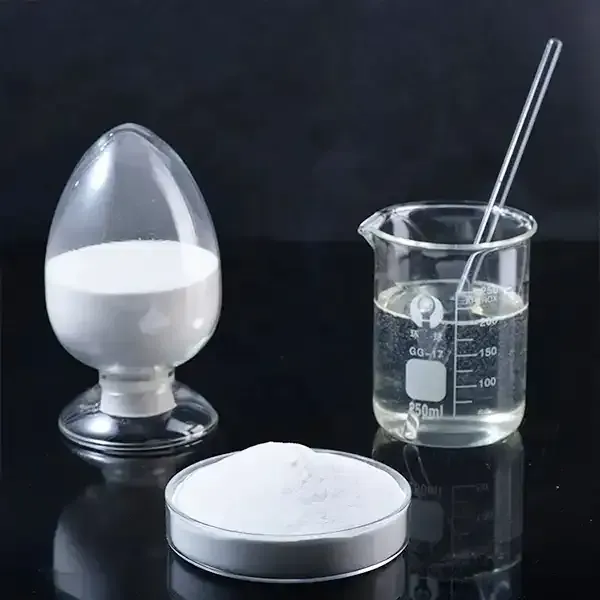Hydroxyethyl Cellulose An Essential Polymer in Modern Applications
Hydroxyethyl cellulose (HEC) is a non-ionic, water-soluble polymer that has gained significant attention in various industries due to its multifunctional properties. Derived from cellulose, HEC is primarily used as a thickening, binding, and film-forming agent in a wide range of applications, including pharmaceuticals, cosmetics, food products, and construction materials.
Chemical Properties and Structure
HEC is formed by the chemical modification of cellulose, a natural polymer obtained from plant cell walls. In this modification process, ethylene oxide is reacted with hydroxyl groups of cellulose, leading to the formation of hydroxyethyl groups. This transformation not only enhances the solubility of cellulose in water but also improves its ability to form gels and provide viscosity. The degree of substitution (the number of hydroxyethyl groups added per glucose unit of cellulose) can be tailored during production, allowing for a wide range of viscosity levels and applications.
Due to its hydrophilic nature, HEC exhibits excellent water retention properties and is effective in preventing the evaporation of water in formulations. This characteristic makes it an ideal ingredient in many products, where moisture retention is crucial.
Applications in Various Industries
1. Pharmaceuticals In the pharmaceutical industry, HEC is widely used as a thickening agent in topical formulations such as creams and gels. Its ability to form stable emulsions makes it suitable for both topical and oral drug delivery systems. Moreover, HEC can improve the viscosity and stability of suspensions and solutions, ensuring uniform distribution of active ingredients.
hydroxyethyl cellulose

2. Cosmetics and Personal Care HEC is a popular ingredient in cosmetic products due to its ability to enhance texture and appearance. It is commonly found in lotions, shampoos, and conditioners, where it imparts a smooth feel and improves the application properties. Additionally, HEC acts as a stabilizer in various formulations, helping to maintain consistency and prevent separation.
3. Food Industry In food applications, HEC serves as a thickening and stabilizing agent. It is used in sauces, dressings, and dairy products to improve texture and mouthfeel. The food-grade version of HEC is recognized as safe for consumption and can be used to enhance the viscosity of beverages, giving them a more appealing consistency.
4. Construction Materials HEC is also utilized in the construction industry as a thickening agent in cement and mortar formulations. Its water-retaining properties help to improve the workability of these materials, allowing for extended open time during application. Furthermore, HEC can enhance adhesion and reduce shrinkage in cement-based systems, contributing to improved performance and durability of construction materials.
Environmental Considerations
As a derivative of cellulose, HEC is derived from renewable resources, making it an eco-friendly alternative to synthetic polymers. Its biodegradability is another significant advantage, particularly in an era focused on sustainability and reducing environmental impact.
Conclusion
Hydroxyethyl cellulose is a versatile polymer that plays a crucial role in multiple industries. Its unique combination of properties, including water solubility, thickening capacity, and biodegradability, positions it as a valuable ingredient in various products. As research and technology continue to advance, the potential applications of HEC will likely expand, offering innovative solutions to meet the needs of consumers and industries alike. Whether in pharmaceuticals, cosmetics, food, or construction, HEC exemplifies the intersection of natural materials and modern technology, reinforcing the importance of sustainable and effective materials in our daily lives.
-
Rdp that The Revolutionary Polymer Powder Transforming Modern Construction MaterialsNewsAug.11,2025
-
Hpmc Powder that Versatile Additive for Detergents and Personal CareNewsAug.11,2025
-
Hpmc Hydroxypropyl Methylcellulose that Essential Building Material Additive from Shijiazhuang Gaocheng YongfengNewsAug.11,2025
-
Hydroxypropyl Methyl Cellulos Hpmc that Essential for Construction ApplicationsNewsAug.11,2025
-
Mhec Powder that Revolutionizing Construction Chemistry with Cellulose Ether SolutionsNewsAug.11,2025
-
Industri Hpmc that The Global Backbone of Advanced ConstructionNewsAug.11,2025




